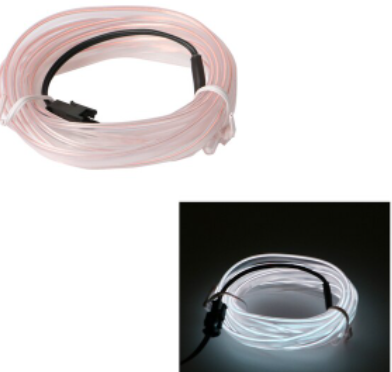“It’s the first time we’ve ever had apotential biomarker for SIDS,” said Dr Carmel Harrington, who led the researchat the Children’s Hospital at Westmead in Sydney.
Researchers have been trying to chip away atthe biological underpinnings of the puzzling syndrome for decades. And whilepublic health campaigns have drastically reduced the incidence of SIDS, itremains a leading cause of sudden and unexpected death in infants under the ageof 1 in Western countries. In the United States, about 3,400 babies diesuddenly and unexpectedly each year, according to the Centers for DiseaseControl and Prevention. This includes infants who die suddenly from a knowncause, such as suffocation, as well as those who die without a clear cause,such as from SIDS. Nearly half of the sudden and unexpected infant death (SUID)cases in the United States are due to SIDS.
One of the reasons that SIDS remains so tragicand mysterious is because it is probably not caused by a single biologicalmechanism but by a combination of factors that come together in a perfectstorm, said Dr Thomas Keens, a pediatric pulmonologist at Children’s HospitalLos Angeles. Previous studies have pointed to low activity or damage in partsof infants’ brains that control heart rate, breathing and arousal from sleep,for instance, as well as to environmental stressors such as soft bedding orsecondhand smoke.
“The thinking among researchers is that somebabies die from SIDS because they don’t wake up in response to a dangeroussituation when they’re asleep,” Keens said.
To test if there was something inherentlydifferent in SIDS babies, Harrington and her colleagues compared dried bloodsamples from the newborn heel prick test of 655 healthy babies, 26 babies whodied from SIDS and 41 babies who died from another cause. They found that aboutnine out of 10 babies who died of SIDS had significantly lower BChE levels thandid the babies in the other two groups.
“I was just stunned,” said Harrington, who hasbeen searching for clues and crowdfunding for her research for nearly 30 years,since she lost one of her own children to SIDS. “Parents of SIDS babies carry ahuge amount of guilt because essentially their child died on their watch. Butwhat we’ve found with this study is that these infants are different frombirth, the difference is hidden, and nobody knew about it before now. So it’snot parents’ fault.”
The new findings add support to researchers’hypothesis that babies who die from SIDS have problems with arousal, said DrRichard Goldstein, a pediatric palliative care specialist at Boston Children’sHospital. BChE plays a role in the availability of important neurotransmittersin the brain’s arousal pathway. Low levels of the enzyme could indicate thatthe brain is not able to send out signals telling a baby to wake up and turnher head or gasp for breath. “But we need a lot more research before we canunderstand its actual significance,” Goldstein said.
While the study identifies an importantchemical marker in a small group of infants, it is too soon to say ifwidespread testing for BChE will be helpful.
For one, scientists and doctors do not knowwhat a “normal” level of the enzyme looks like. And because the Australianresearchers did not have access to fresh blood samples for BChE, they did notmeasure absolute levels of the enzyme. There was also overlap between theinfants. Some of the babies who died from SIDS had BChE levels within the samerange as the babies who did not die.
“If you’re going to test every baby who’sborn, you want the results to stand out as abnormal only for babies who are atvery high risk,” Keens said. Even if further studies helped fine-tune the testfor BChE to accurately distinguish between babies who might die from SIDS andthose who might go on to live healthy lives, doctors and parents would still befaced with the issue of what to do next. There is no intervention or treatmentfor low BChE levels.
Much of the advice for preventing SIDS remainsthe same, Keens said. Follow safe sleep recommendations like laying your babydown on her back — both at nap time and at night. Remove loose sheets,blankets, pillows, bumper pads and soft toys from your baby’s sleep area. Andconsider keeping your baby in the same room as you at night for at least sixmonths or, ideally, until your baby turns 1 year old.
The American Academy of Pediatrics alsorecommends avoiding exposure to smoke, alcohol and illicit drugs duringpregnancy; breastfeeding; immunizing routinely; and using a pacifier to reducethe risk of SIDS.
©2022 The New York Times Company




